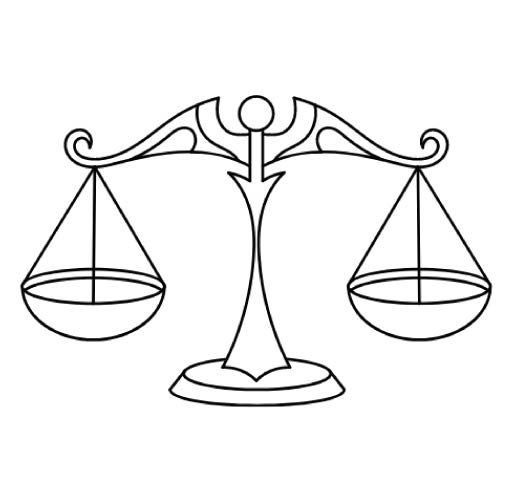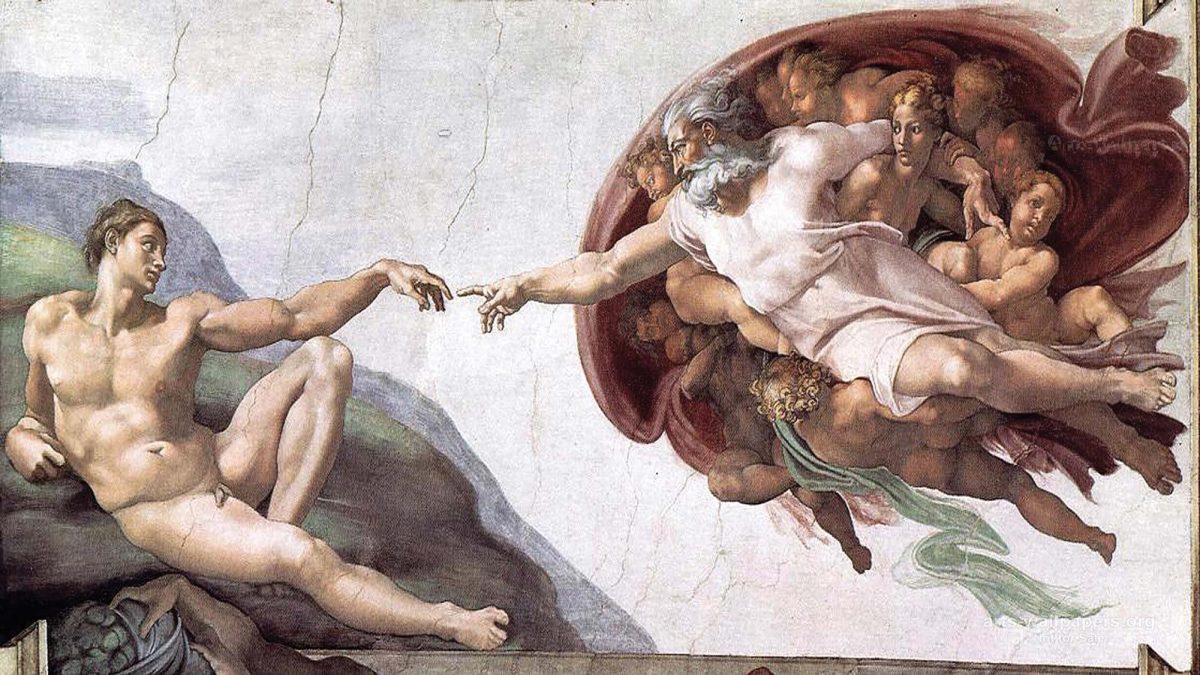The Barbie/Oppenheimer (Barbenheimer) meme kicked off simply because the two movies originally shared a release date.
The humorous contrast in a double-feature of a dark and introspective Chris Nolan biopic immediately followed by a whimsically surreal movie about a toy for little girls inspired the joke of treating the thematic whiplash as an experience in itself. However, the meme matured into a more serious analysis. An understanding that the movies were actually quite interesting to compare to each other has since surfaced.
For myself, seeing my friends post about Barbenheimer in elaborate pink-and-black outfits and leave the theater with glowing reviews did something I wouldn’t have expected: it revitalized my interest in actually going to a theater to watch something. Barbenheimer was the last pair of movies I watched before this school year and I couldn’t be happier to have had such a magnificent sendoff. Barbenheimer may have been (and may still be) a joke. However, the genuinely profound contrasts of the films’ respective themes and questions make the double feature truly shine.
Oppenheimer discusses the danger of realizing one’s vision without considering those it will hurt. It reviews the life of a man with an extreme desire to advance science and make a name for himself at the expense of his family and loved ones, and ultimately at the expense of hundreds of thousands of lives. Only after his goals are realized do the psychological impacts of the bombings affect him.Barbie empathizes with people that society has hurt. It puts to words a universal struggle of women who try to construct the life they truly want for themselves while also trying to meet conflicting and unreachable standards placed on them.
“We have to always be extraordinary, but somehow, we’re always doing it wrong,” says the film’s deuteragonist America Ferrera.
Oppenheimer confronts the perils of capitalist zealotry. It spends a surprising amount of time showing the scientist, who never considered himself a communist, having his McCarthy-era career ended due only to a proximity to communism in the past.
Barbie confronts a similar failure of capital-driven morality. The eponymous character’s internal conflict begins when she discovers the disparity between the toys’ mission statement: creating a role model for girls everywhere, and the actual effects of commodifying pretty, thin, young women as a product. The film is driven by a trio of women’s scrutiny of two worlds-one real and one fictional-that would exploit young girls in this way.
Oppenheimer intimately highlights the consequences of advancing society’s agendas while ignoring or overlooking what society intends to use them for. Barbie continues the argument by adding that participation in twisted social structures is-by nature-voluntary and provides a solid outline of one of today’s major problems and what questions we need to answer to solve them.
Both films converge in asking (in very different ways) ’What sort of responsibility do men who contribute to society’s evils bear for society’s actions?’ Oppenheimer takes a grounded ‘insider’ perspective, chronicling one man’s willfully-blind participation which led to the deaths of hundreds of thousands. Barbie takes a surreal and satirically whimsical ‘outsider’ perspective, exaggerating the brazen willingness of those who participate to show how men are either combating these evils or participating in them.
Both films watched back-to-back create a strong and irreplaceable meta-narrative about the ways we contribute to the world we live in while trying to realize our dreams. They adopt entirely opposite perspectives, themes and styles to reach the same message: whether you’re a sponsor or a recipient of social ills, neutral participation in a flawed society is not possible.
Soon, we’ll watch studios try to replicate the sales impact of Barbenheimer by manufacturing double features. When they fail, we’ll know that it’s because of how truly one-of-a-kind Barbenheimer is.









